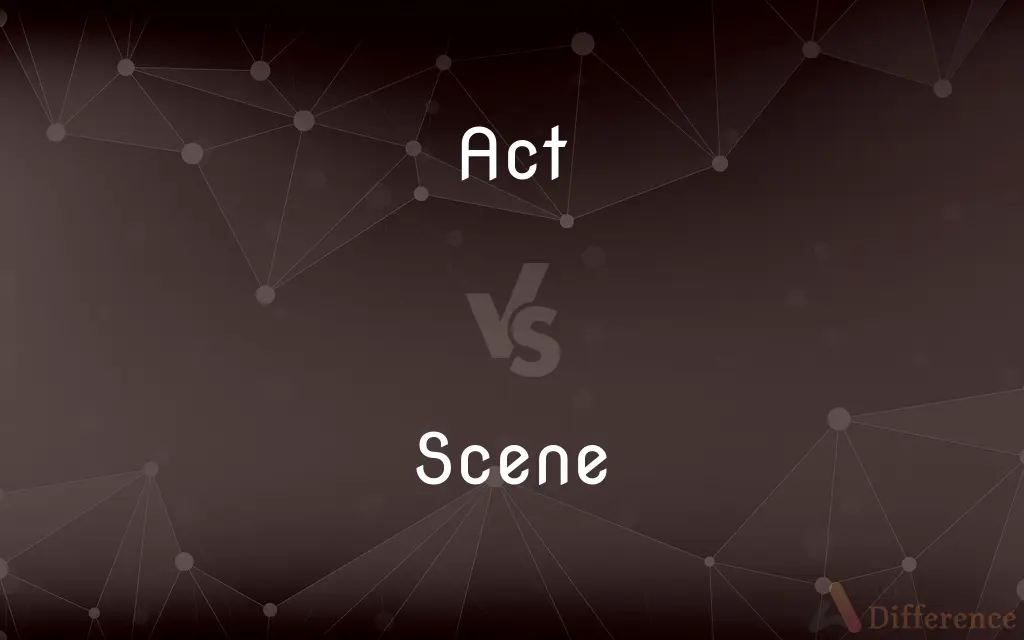

In the structure of a theatrical play, an "act" represents a significant segment that forms part of the larger narrative, often used to denote a major phase or shift in the story. Plays can consist of multiple acts, traditionally ranging from one to five, which are used to organize the storyline, set pacing, and manage thematic shifts. A "scene," on the other hand, is a smaller division within an act and is often determined by a specific set of characters in a particular location or time. The change from one scene to another within the same act can be indicated by a change in any of these elements and usually does not require a full curtain closure or an intermission.
Each act can encompass a wide range of actions and events, and the transition between acts is typically marked by a lowering of the theater's curtain and a break, allowing for changes in set and giving the audience a moment to reflect. Scenes are the building blocks of acts, providing structure to the narrative and helping to advance the plot through dialogue and action in a coherent setting.
While an act might encompass a broader arc of the story, providing a significant shift or progression in the narrative, a scene focuses more on the details, character interactions, and immediate events that drive the plot forward. For instance, an act could depict the hero's journey from despair to determination, while individual scenes within that act might show key conversations, decisions, or events that contribute to this transformation.
The distinction between acts and scenes is crucial for understanding the pacing and structure of plays. Acts serve to segment the play into larger, manageable parts, each with its own climax and resolution, while scenes offer a more granular view of the narrative, allowing for focused development of characters and plot points.